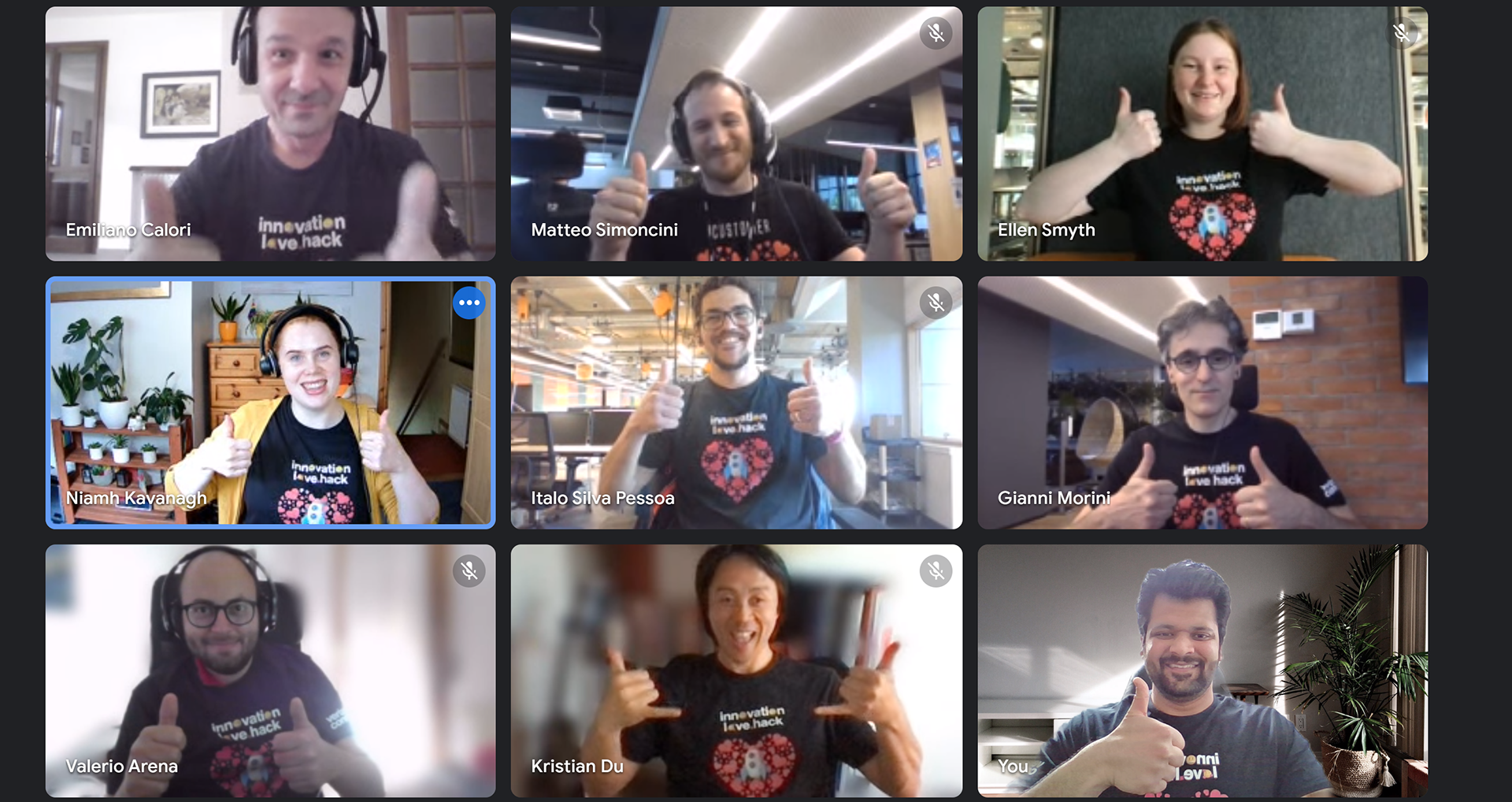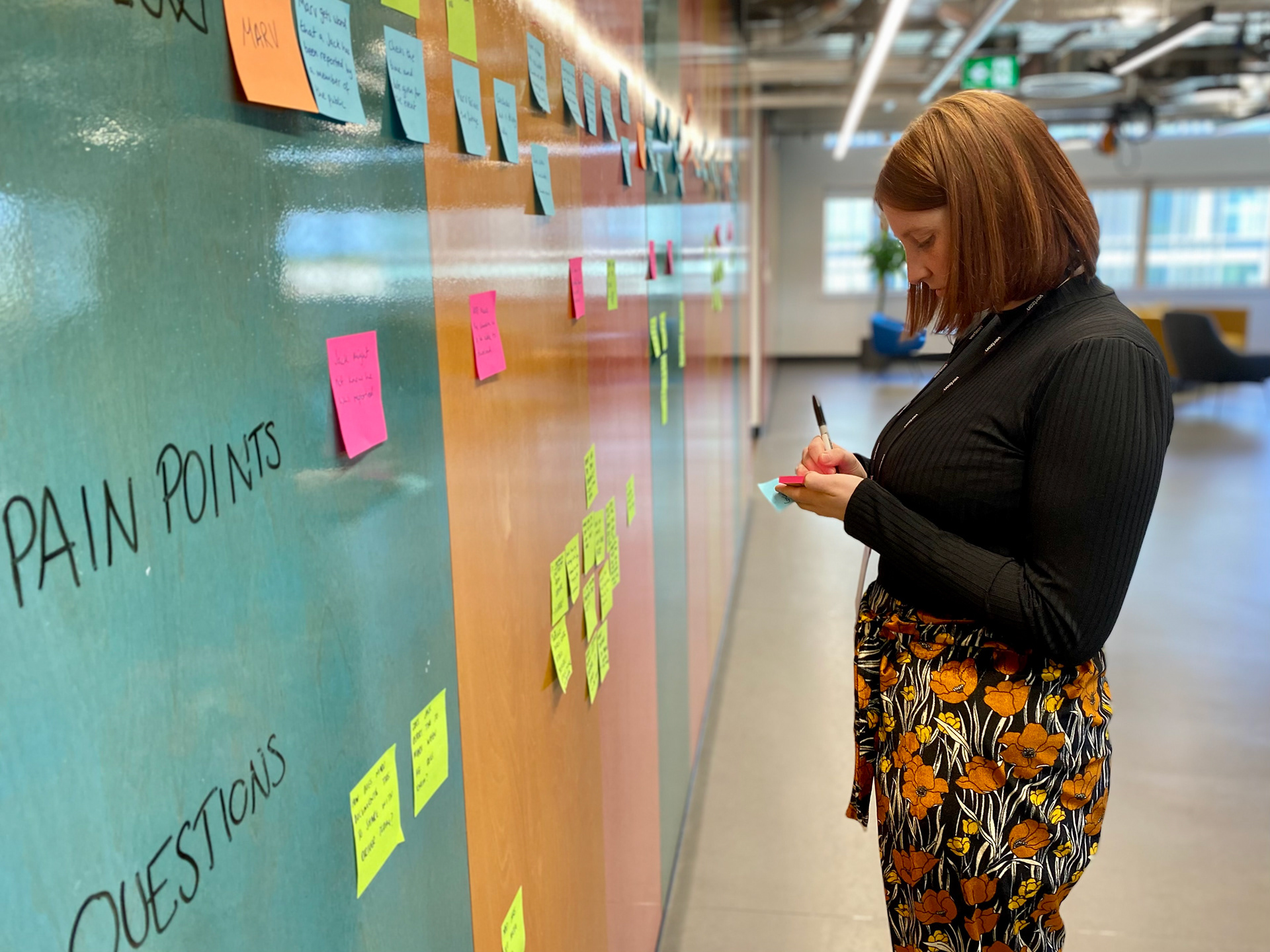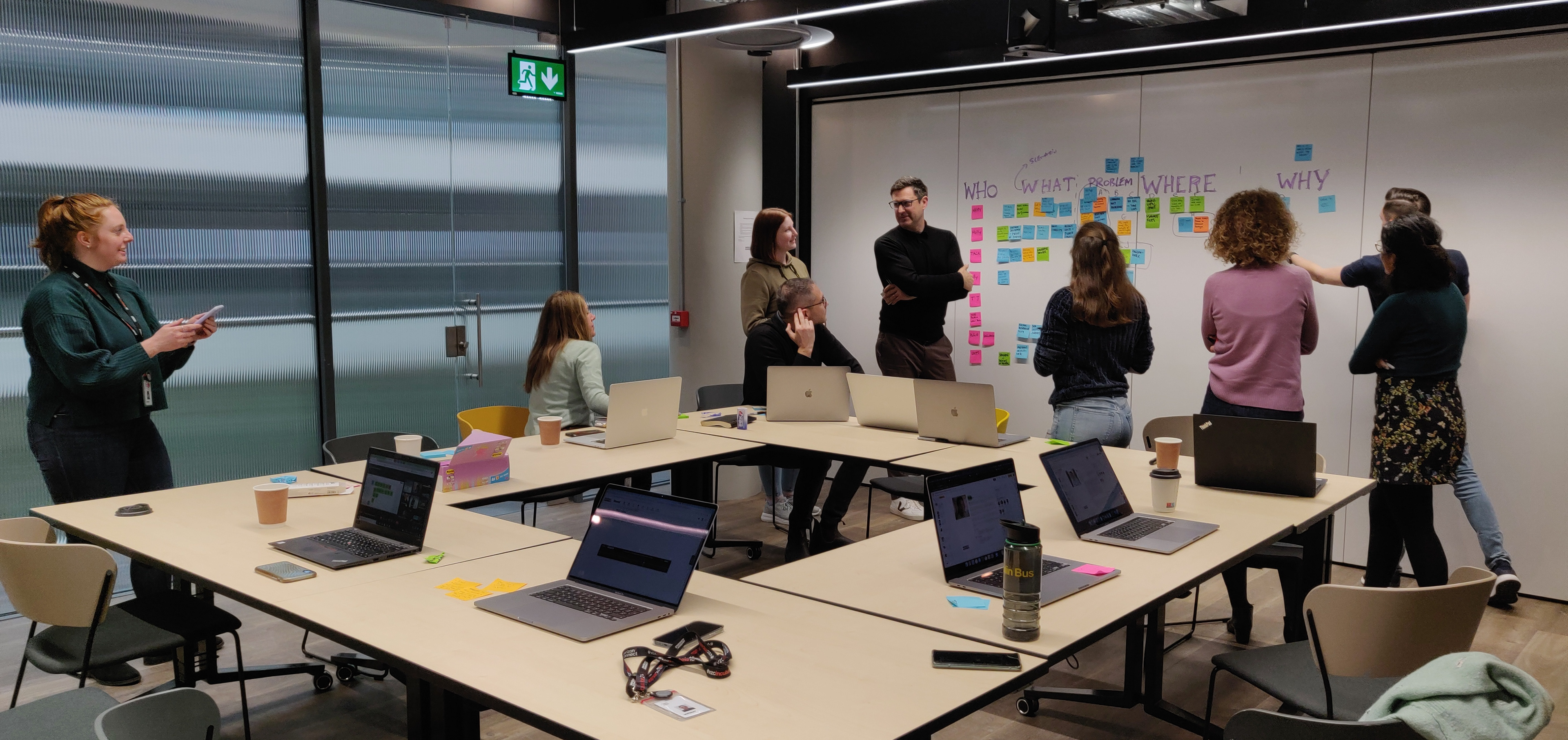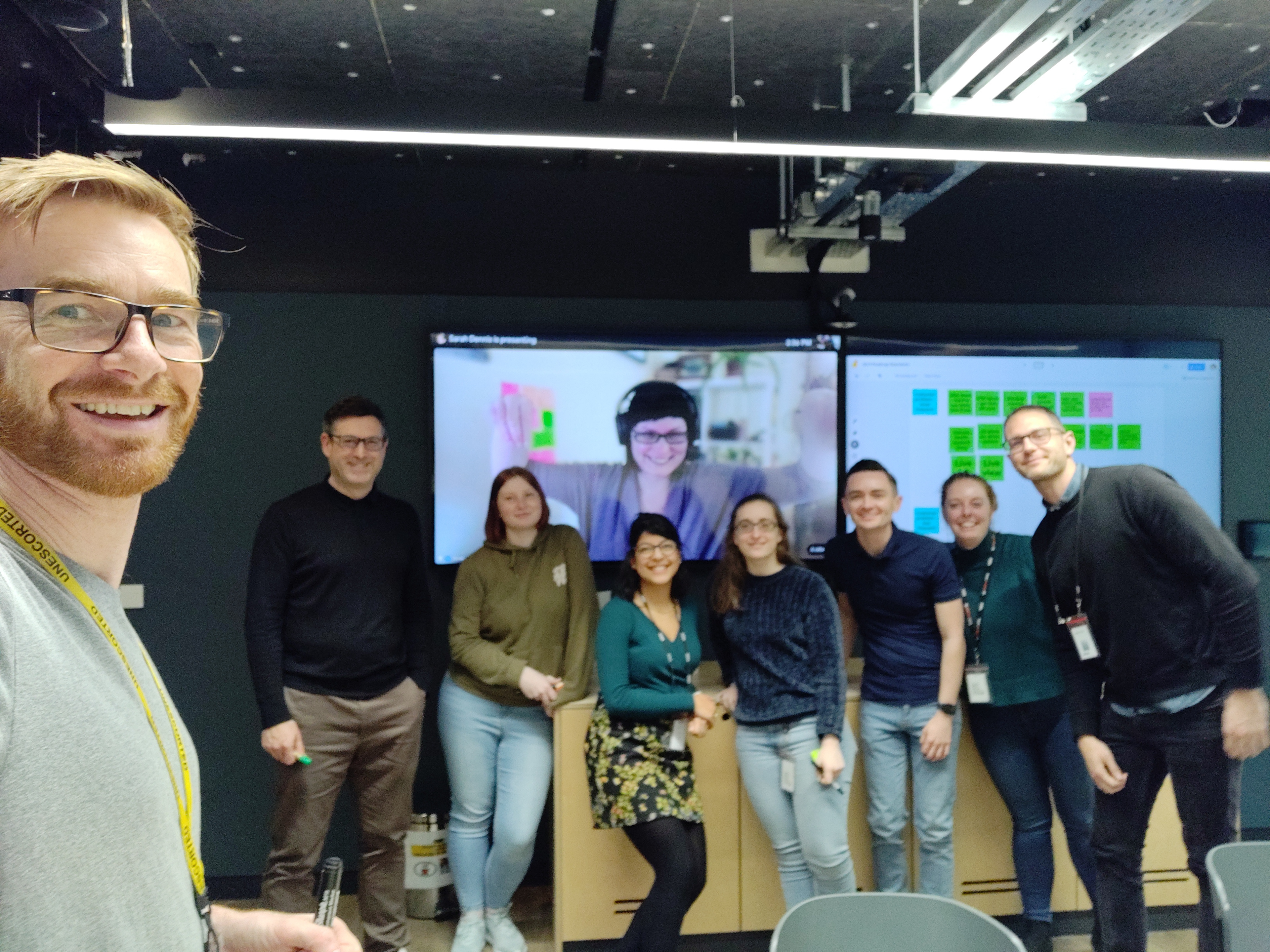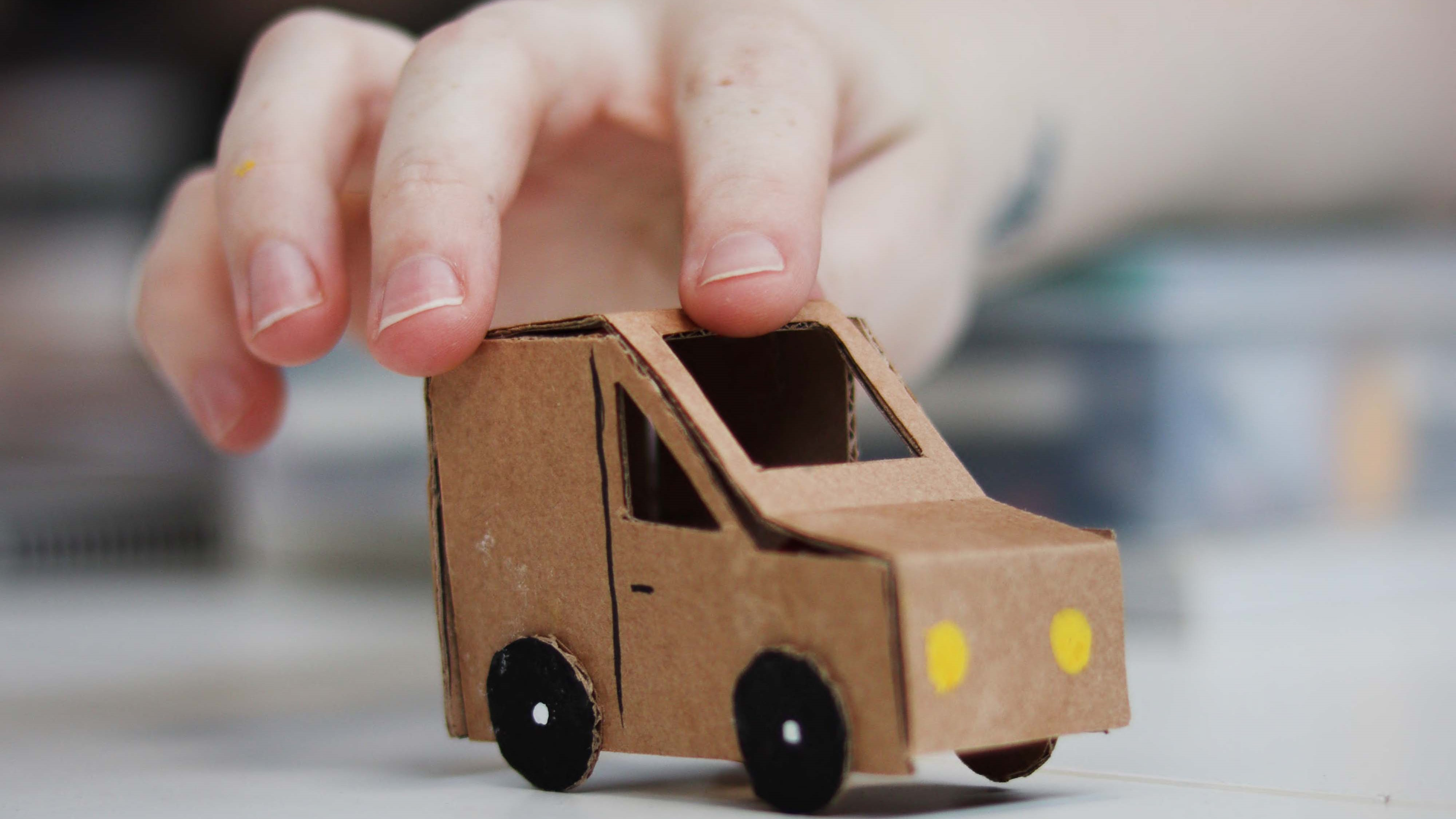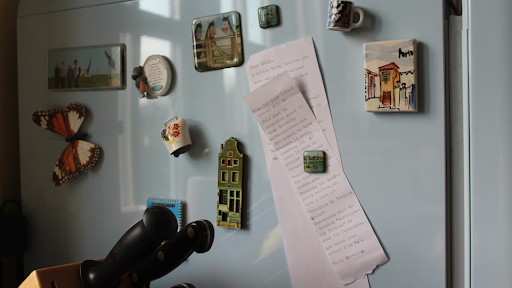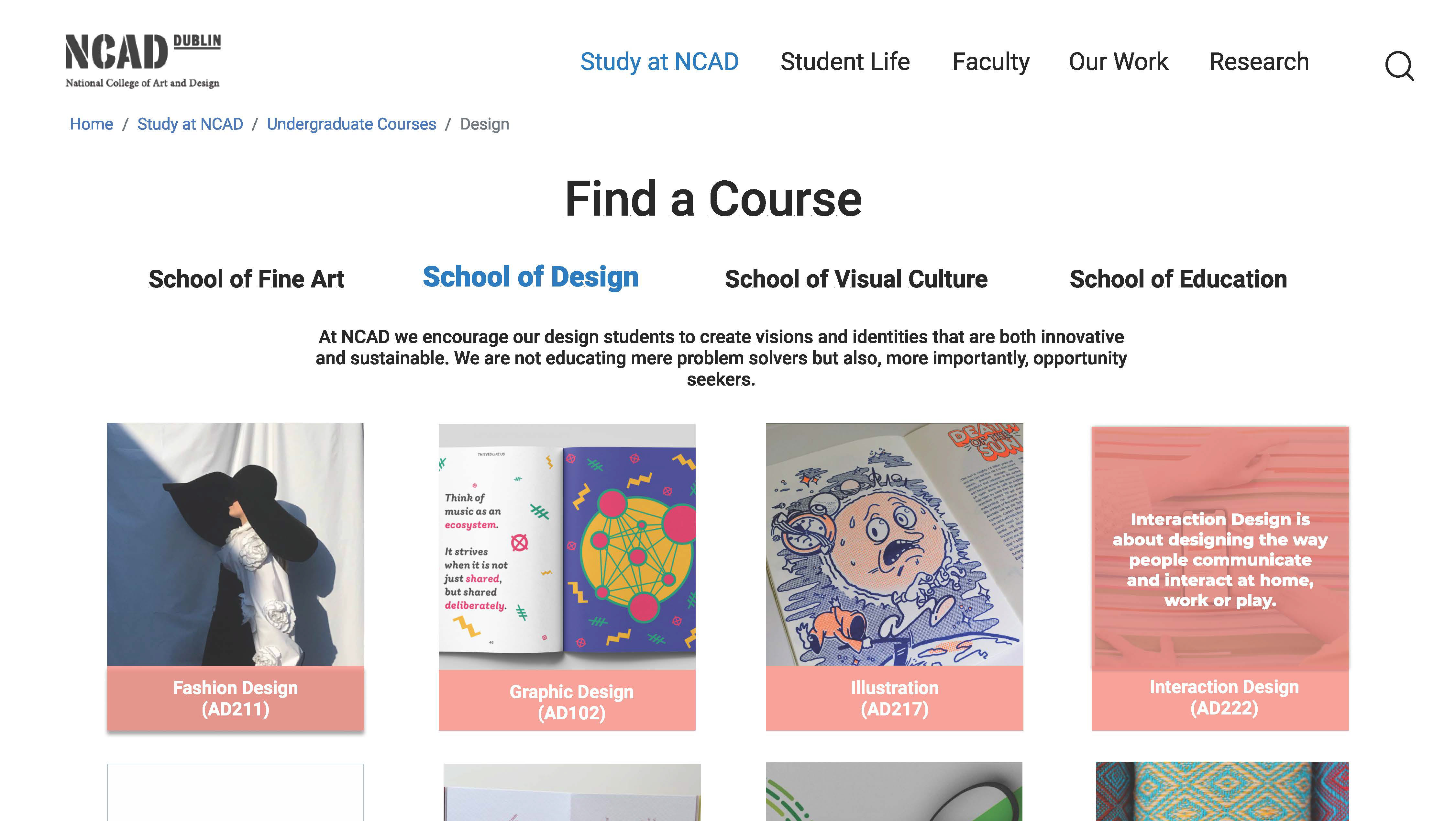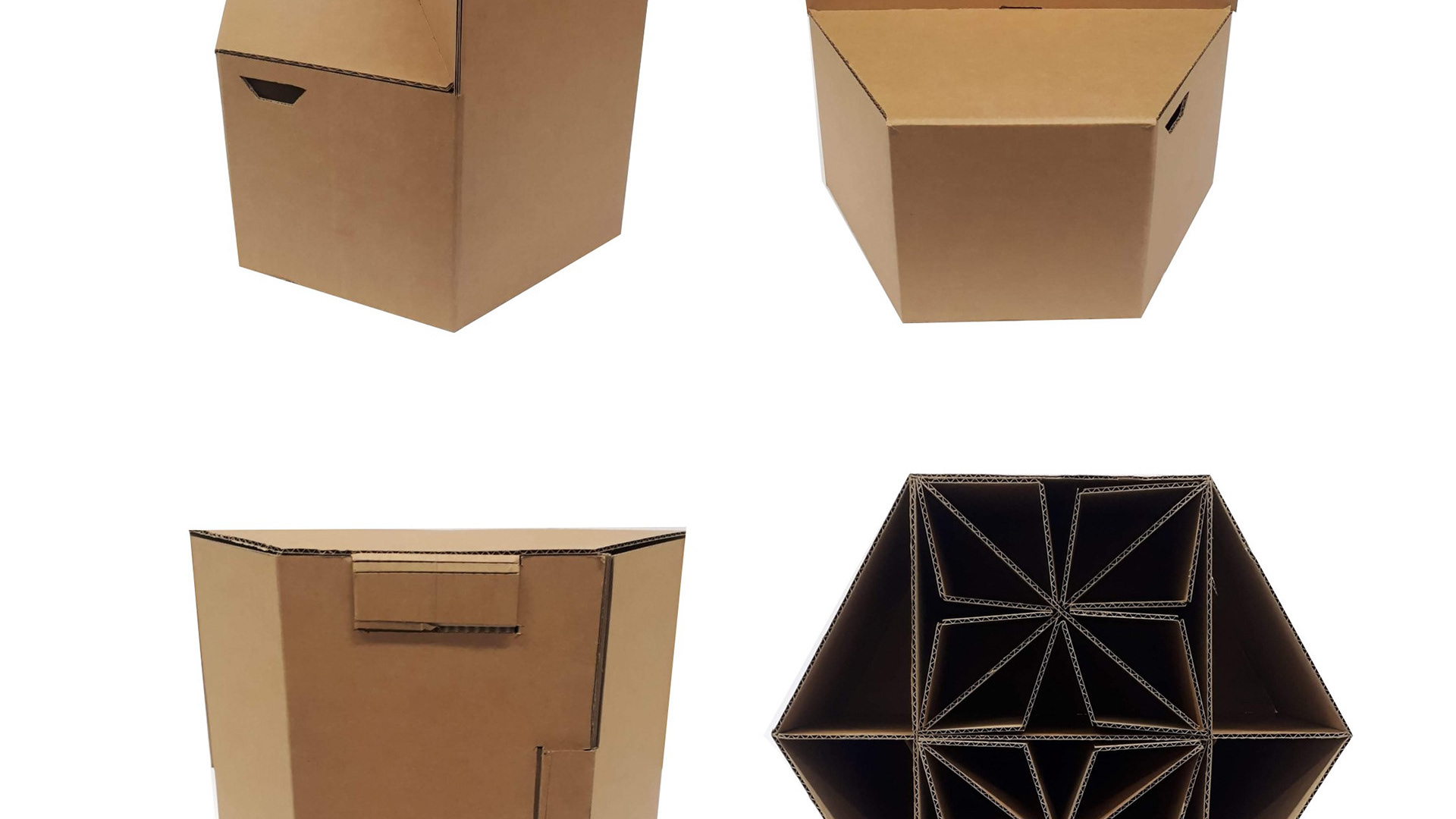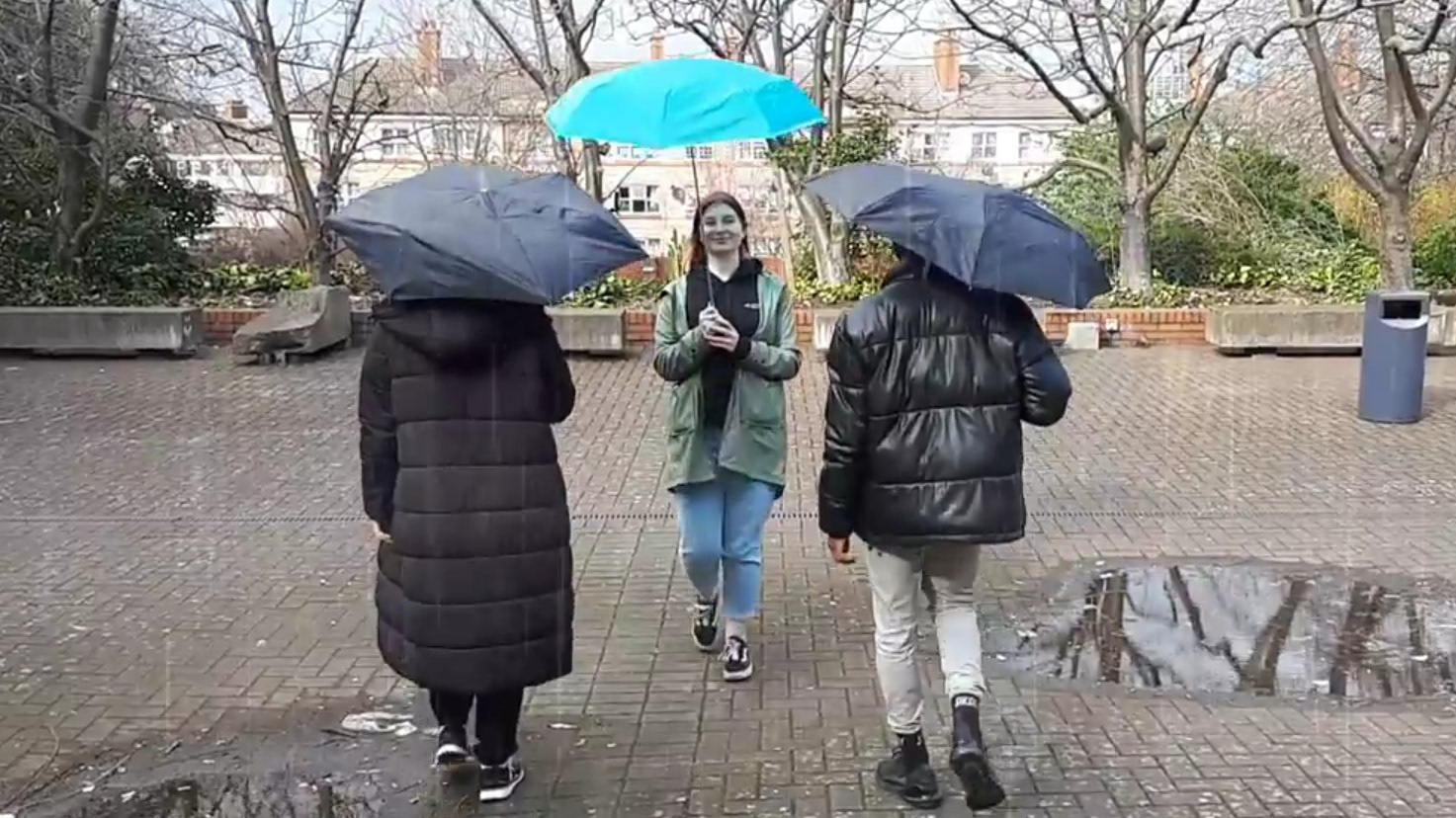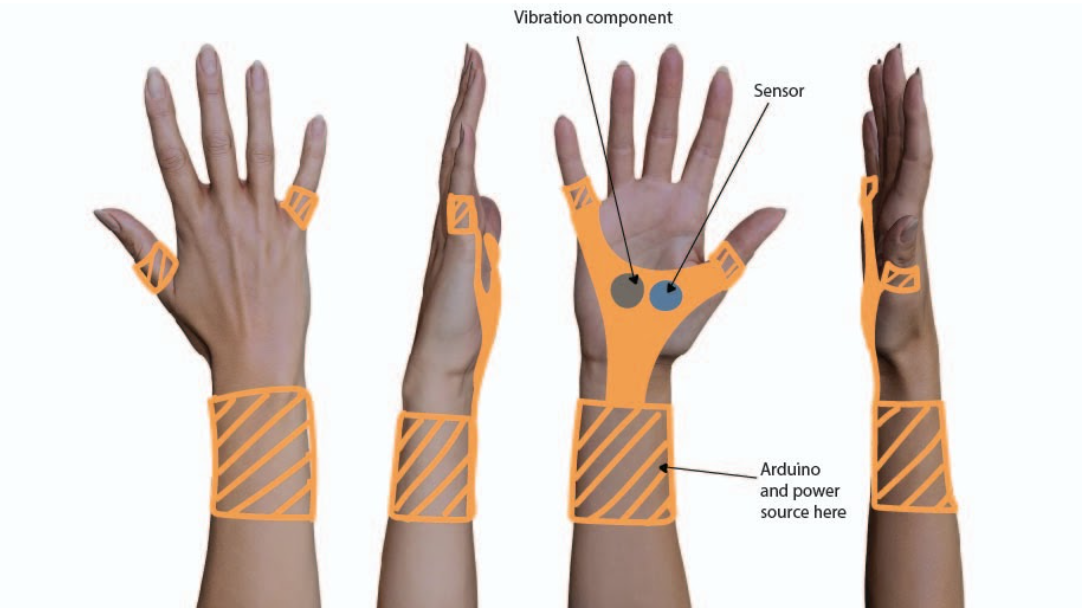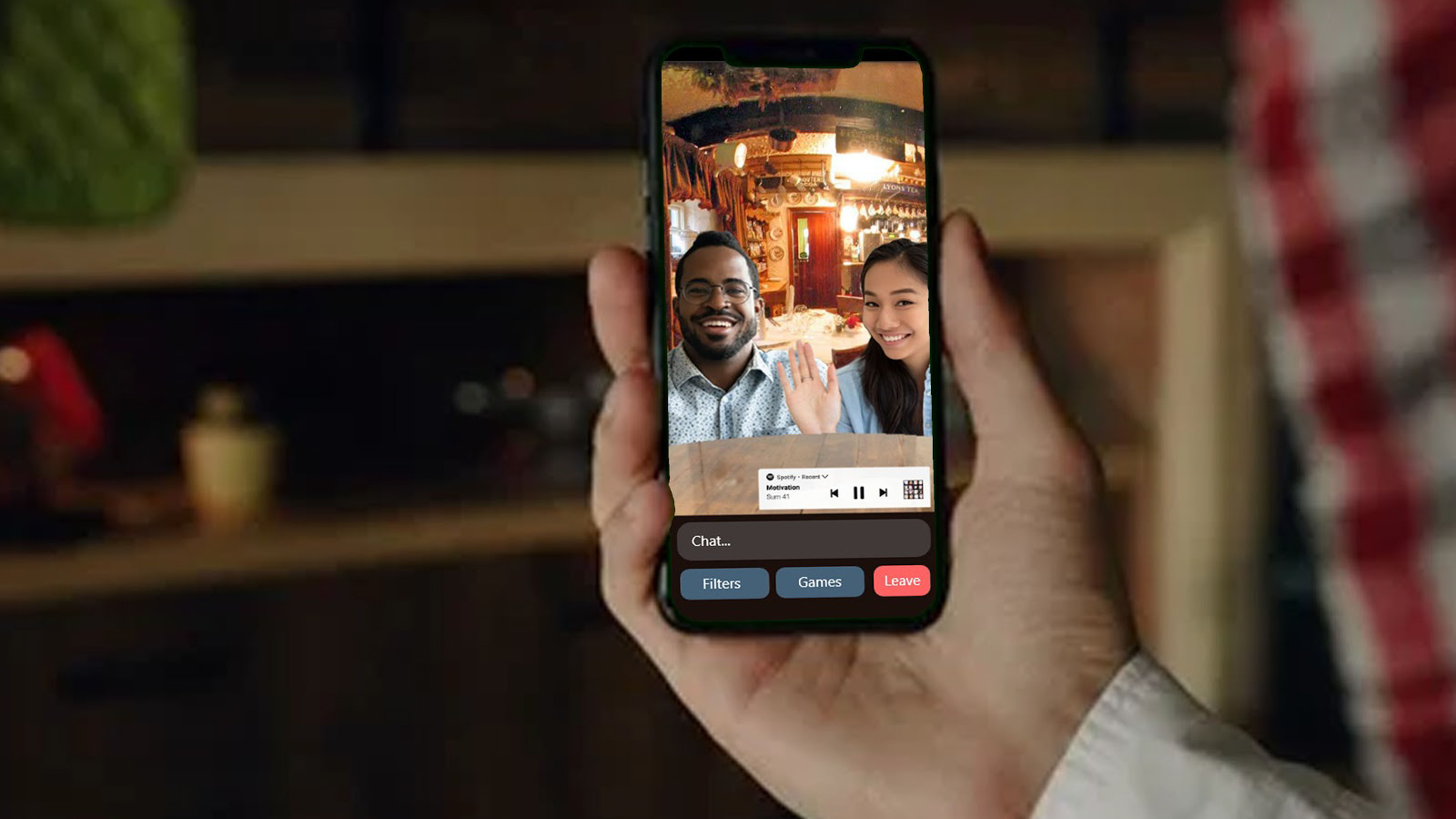UX/ R&D Internship (March-September 2022)
During the 3rd year of my degree, I completed an internship with Verizon Connect. The teams I worked with here dealt with the AI dashcam solution, and aid for logistic companies with trucking fleets that would provide safety managers with video from both the road and inside the cab should there be an accident, or should the driver be distracted or driving recklessly. At first, it was a daunting change, having done most of my course to this point from home due to COVID-19 lockdowns. Luckily the VZC team were incredibly supportive and encouraging throughout my time there.
Initially, I was part of the Design Systems team, my first project was to cross-check all VZC apps for variances from the established system. During this project, I reached out to team leaders to better understand the various apps and access test profiles which I used to sign in on both Apple and Android phones, and a desktop to view the web apps in action. After compiling my report and presenting it back to the team, I moved to the Video UX team for my next project.
This project began with the company-wide hackathon. Competing with an amazing team that included engineers and the Video Product Owner, I set up workshops and designed a feature for the video platform that would allow drivers to access their videos before coaching sessions with their safety managers. We placed in the semi-final and I asked if I could take this project on going forward with the video team.
I kicked off with a Lean UX Canvas workshop, the goal being to fully understand the problem and create a hypothesis that would guide my research objectives. I then ran a problem-framing workshop to further define the problem and align with the team on which personas would be involved. We then did the 4 W's exercise to ensure each persona's perspective was captured. I then mapped out as-is journeys for each persona involved, both digitally and physically. After getting feedback on the journeys from members of the team, I began a competitor analysis. I looked at 6 companies and explored what kind of sharing features they had and what kind of sharing they were allowing for.
I made a table of my results and using this, the as-is journeys, and the problem statements, I began working with the team's UX Researcher on a brief and interview guide. We conducted several interviews, vastly with safety managers as, without a way for drivers to interact directly with the platform, we found it difficult to get in contact with them. As these were my first user interviews outside of college, I found the first few a bit nerve-racking, but soon my nerves settled and I began to really enjoy conducting these interviews. I found it fascinating to hear the different uses and perspectives of the dashcam videos and driver coaching. I learned how to use Dovetail and used it to keep track of our insights and important quotes.
Using my research and insights, I began a to-be journey alongside a wireframe of the sharing feature. I did a playback for my team of all the research and the concept for the feature. They gave me feedback and I made iterations on the design, first on paper and then in Figma. Unfortunately, I could not see this feature through to completion as various factors delayed the project, though I have been told by team members that the feature is set to be implemented this year.
